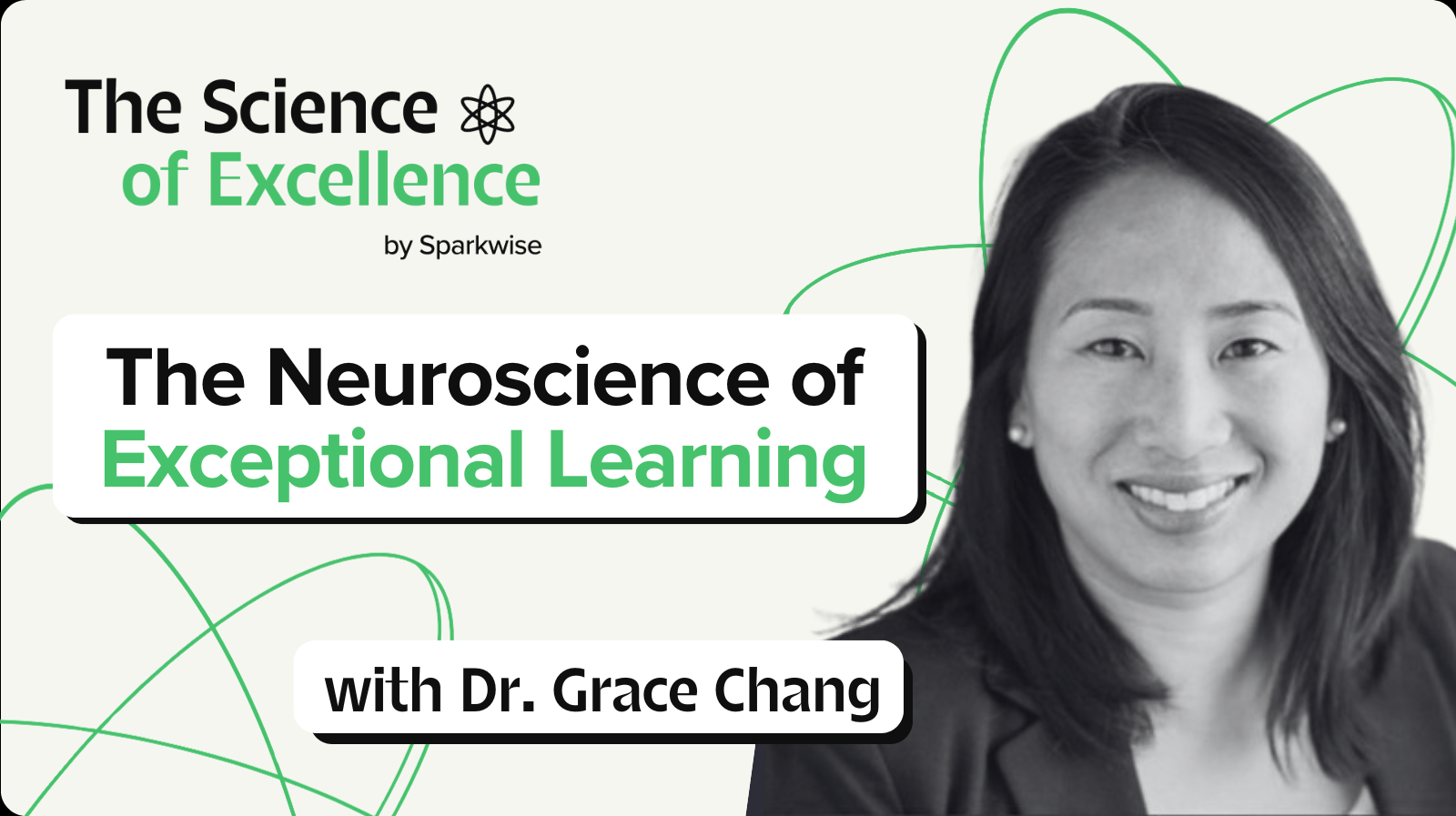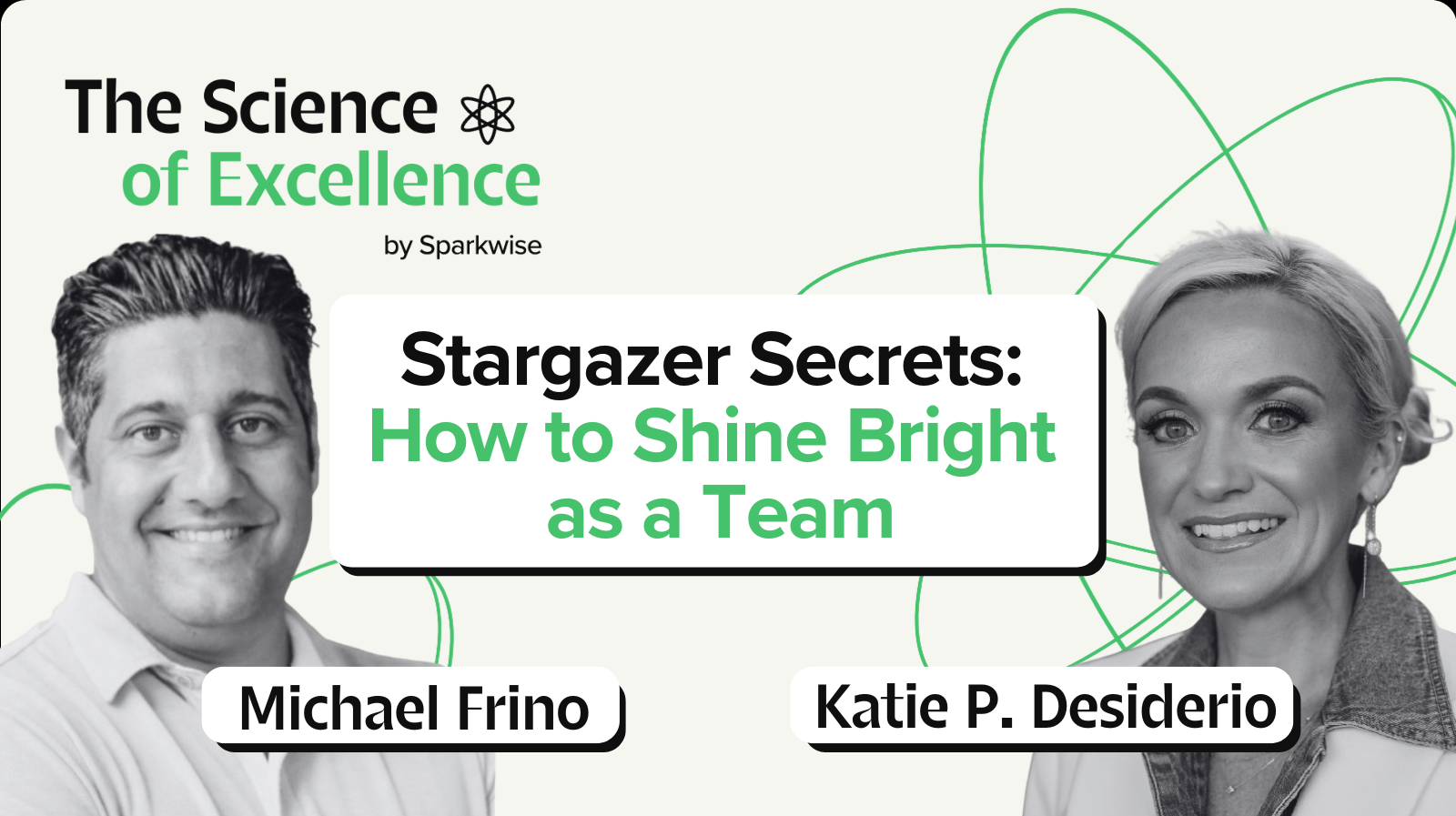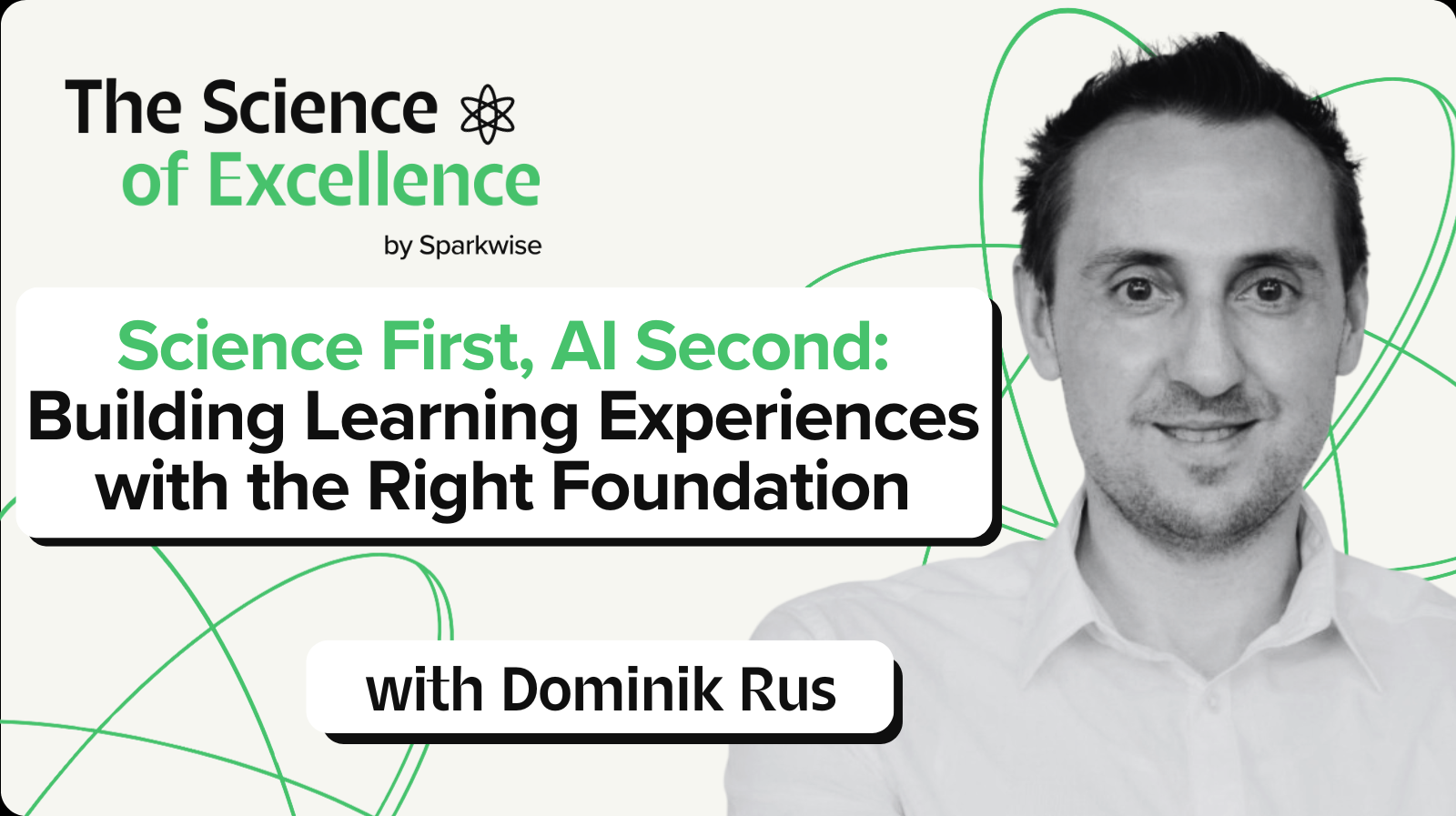In this episode of The Science of Excellence, I sat down with Hillary Miller, who leads learning initiatives at HCA Healthcare.
Hillary shared hard-won lessons about communication, change management, and building empathy across enterprise-level organizations. Her approach focuses on reducing noise, building champion networks, and creating federated models that balance central governance with local flexibility.
These 4 insights stood out from our conversation:
- Reduce Communication Noise
- Build Champion Networks for Sustainable Change
- Use Federated Models to Balance Central and Local Needs
- Hire for Distributed Team Success
1. Reduce Communication Noise
In Hillary's Words: "Rather than layering on more information, which is what I see happen, it's being a lot more intentional about how you are communicating with people. So I'm all about reducing the noise. Do we really need to tell people this or can we incorporate that into something else that we already have instead of the one off tactical just shooting stuff out?"
Information overload is killing communication effectiveness. When people receive 300-400 emails daily plus constant notifications from multiple devices, adding more messages isn't the solution. The key is intentional communication that meets people where they are.
Different roles need different communication channels. Physicians aren't always in email, so reaching them might require iPads, phones, or internal messaging systems. Administrative staff might prefer chat tools and email. Success comes from understanding your audience's primary communication modalities and eliminating unnecessary messages rather than broadcasting everything everywhere.
2. Build Champion Networks for Sustainable Change
In Hillary's Words: "You have to have embedded champions. More often than not, people are reacting to the fact that they don't know why you're doing it, not the fact that you're doing it. Your influence is not gonna come from the top down hierarchy. It's gonna come with the people that you're working with more routinely."
Sustainable change requires distributed leadership, not just executive mandate. Champions at various organizational levels can represent different groups and provide the local credibility that top-down communication lacks.
The most effective champions aren't necessarily enthusiastic supporters—they're respected voices who understand the rationale and can explain it authentically to their peers. These embedded advocates help reinforce alignment even when there's disagreement, focusing on shared goals rather than universal agreement.
3. Use Federated Models to Balance Central and Local Needs
In Hillary's Words: "I'm a huge fan of having something in between. Not fully centralized, not fully decentralized. I love federated models for this reason where you have a strong core governance, but you have a way to have local level flex and they need that. I'm not in their space. I'm sitting in the corporate office, but I'm not in there day to day."
Pure centralization ignores local realities while pure decentralization creates chaos. Federated models provide the best of both—consistent core principles with local flexibility where it matters.
The key is being intentional about what needs standardization versus what needs customization. Core governance ensures organizational alignment while local flexibility addresses real operational differences. This requires leaders to acknowledge what they don't know about frontline realities and create space for local adaptation.
4. Hire for Distributed Team Success
In Hillary's Words: "When you bring people into a complex, multifaceted environment that has 29 different dotted lines, you have to be upfront about that in the interview process. You have to have team members who can't see beyond your immediate work and yourself, especially in a healthcare environment, it's hard to be successful in a distributed team."
Distributed team success starts with hiring people who thrive in complex, ambiguous environments. Rather than trying to change people after they're hired, select for the mindset and skills that distributed work requires.
Hillary emphasizes three critical qualities: understanding the complex environment they're entering, maintaining a positive attitude focused on the greater good rather than just individual concerns, and demonstrating grace when things inevitably go wrong. Setting clear expectations during recruitment prevents mismatched hires and creates a foundation for team success.
Until next time,
Vince


.png)

.png)





.png)


.png)









.png)












.png)